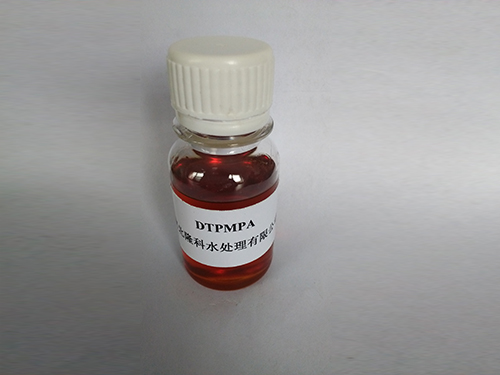Similar Structures and Applications of Diethylene Triamine Penta Methylene Phosphonic Acid
Diethylene Triamine Penta Methylene Phosphonic Acid An Overview
Diethylene Triamine Penta Methylene Phosphonic Acid (DTPMPA) is a versatile and essential chemical compound that has garnered significant attention in various industrial applications. As a type of phosphonic acid, DTPMPA is characterized by its five methylene phosphonic acid groups bonded to a central diethylene triamine backbone. This unique structure gives it a range of properties that make it particularly useful in water treatment, industrial processes, and even agricultural applications.
Chemical Structure and Properties
DTPMPA is a polyphosphonate with a chemical formula of C12H30N3O15P5. The presence of multiple phosphonate groups allows DTPMPA to chelate metal ions effectively, making it an excellent candidate for applications that require the inhibition of scale formation and corrosion in water systems. The chelating properties of DTPMPA arise from its ability to form stable complexes with various divalent and trivalent metal ions such as calcium, magnesium, and iron. This characteristic is particularly beneficial in industries where water quality is critical.
Moreover, DTPMPA exhibits excellent thermal stability and a broad pH compatibility, which enhances its applicability across different environments and conditions. Its high water solubility makes it easy to incorporate into various formulations, ranging from detergents to corrosion inhibitors.
Applications in Water Treatment
One of the most significant applications of DTPMPA lies in water treatment systems. In industrial settings, scale formation due to calcium carbonate or calcium sulfate is a common issue that can lead to reduced efficiency and increased maintenance costs. DTPMPA effectively prevents such scale deposition by complexing the calcium ions, thus keeping them in solution. In addition to its scale inhibition properties, DTPMPA also reduces corrosion rates in metal surfaces exposed to water, thereby extending the lifespan of equipment.
The ability of DTPMPA to function as an effective dispersant also means it can enhance the performance of polymeric water treatment agents, creating a synergistic effect that improves overall treatment outcomes. This is particularly valuable in cooling water systems, boilers, and other industrial processes where fouling and corrosion are prevalent.
diethylene triamine penta methylene phosphonic acid

Agricultural Uses
Beyond industrial applications, DTPMPA has found a niche in agriculture. It is used as a chelating agent for micronutrients such as iron, zinc, and manganese in fertilizers. By enhancing the availability of these essential nutrients in the soil, DTPMPA helps to improve plant growth and yield. The stability of these chelates allows for better nutrient uptake by plants, especially in alkaline or calcareous soils where nutrient availability can be limited.
Environmental Considerations
While DTPMPA offers numerous benefits, it is essential to consider its environmental impact. Phosphonic acids, in general, have raised concerns regarding their persistence in the environment. Research is ongoing to examine the biodegradability of DTPMPA and its degradation products, ensuring that its use does not lead to ecological imbalances.
Manufacturers and researchers are keen on developing more sustainable practices while still leveraging the benefits of DTPMPA. This includes looking into biobased alternatives or more environmentally friendly formulations that maintain efficacy while reducing harmful effects.
Conclusion
In summary, Diethylene Triamine Penta Methylene Phosphonic Acid is a multifunctional compound with significant applications in water treatment and agriculture. Its unique chemical structure enables it to function effectively as a scale inhibitor, corrosion inhibitor, and chelating agent, making it invaluable across various industries. While its advantages are noteworthy, the potential environmental implications necessitate responsible use and ongoing research to ensure its sustainability. As industries continue to innovate and evolve, DTPMPA will likely remain a critical component in numerous applications, contributing to efficiency and effectiveness in both industrial and agricultural settings.
-
2-Phosphonobutane-1,2,4-Tricarboxylic Acid: Scale & CorrosionNewsAug.29,2025
-
Premium Isothiazolinones | Broad-Spectrum Biocidal SolutionsNewsAug.28,2025
-
LK-319 Special Scale And Corrosion Inhibitor For Steel Plants: Advanced Solutions for Industrial Water SystemsNewsAug.22,2025
-
Flocculant Water Treatment: Essential Chemical Solutions for Purification ProcessesNewsAug.22,2025
-
Isothiazolinones: Versatile Microbial Control Agents for Industrial and Consumer ApplicationsNewsAug.22,2025
-
Scale Inhibitor: Key Solutions for Water System Scale PreventionNewsAug.22,2025





